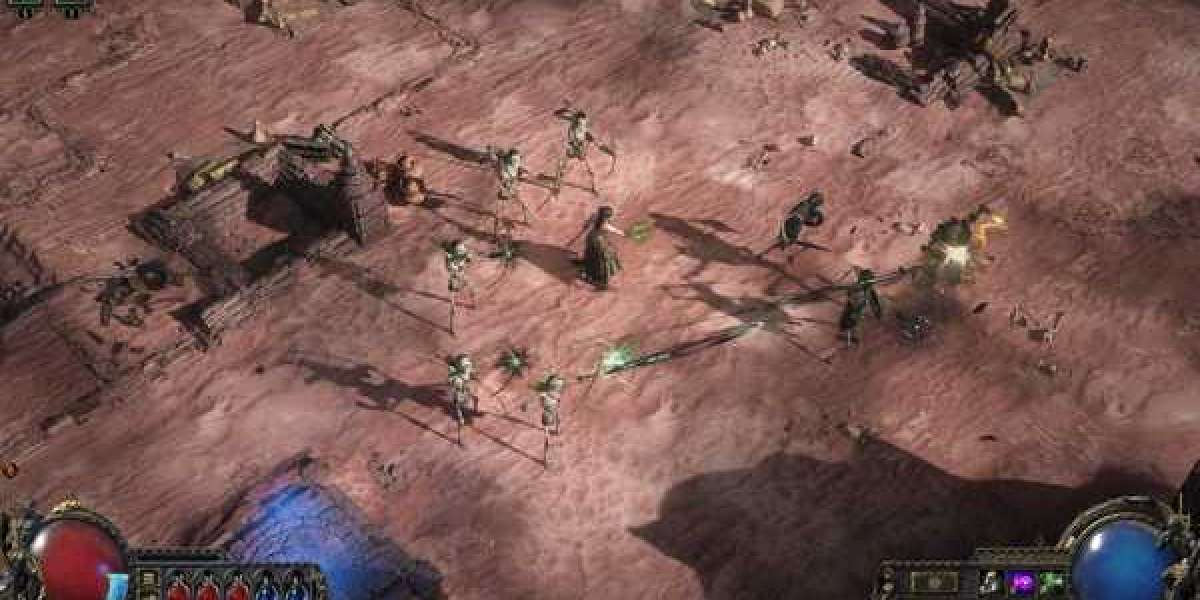When it comes to product development and design, the process of creating prototypes is crucial for testing and refining ideas. In recent years, CNC prototyping has emerged as a game-changer in various industrial sectors, offering a highly efficient and accurate method for enhancing design iterations.

The Role of CNC Prototyping in Product Development
CNC prototyping, also known as computer numerical control prototyping, involves the use of automated machinery to create physical models of a design. This technology has revolutionized the product development process by allowing designers and engineers to quickly and cost-effectively produce prototypes for testing and evaluation.
One of the key advantages of CNC prototyping is its ability to produce highly detailed and precise models, making it an ideal choice for industries such as aerospace, automotive, and consumer electronics. The use of CNC prototyping in these sectors has led to significant improvements in design iterations, resulting in better products and reduced time-to-market.
Benefits of CNC Prototyping in Enhancing Design Iterations
Enhancing design iterations through CNC prototyping offers a wide range of benefits for various industrial sectors. By using CNC prototyping, designers can quickly create multiple iterations of a product design, allowing for rapid testing and refinement of ideas. This iterative process enables designers to identify and address potential issues early in the development cycle, ultimately leading to better final products.
Furthermore, CNC prototyping allows for the production of complex geometries and intricate designs that may be challenging or impossible to create using traditional manufacturing methods. This capability opens up new possibilities for product innovation and creativity, leading to enhanced design iterations and ultimately, superior products.
Applications of CNC Prototyping in Different Industries
The versatility of CNC prototyping has made it a valuable tool in a wide range of industrial sectors. In the aerospace industry, CNC prototyping is used to create lightweight and aerodynamic components for aircraft and spacecraft. Similarly, in the automotive industry, CNC prototyping is utilized to develop prototypes of vehicle parts and accessories, allowing for thorough testing and refinement before mass production.
Moreover, the consumer electronics industry has also benefited greatly from CNC prototyping, with companies using this technology to create prototypes of smartphones, tablets, and other electronic devices. The ability to quickly iterate and refine designs has allowed for the development of sleeker, more functional, and innovative products in this sector.
The Future of CNC Prototyping in Design Iterations
As technology continues to advance, the role of CNC prototyping in enhancing design iterations is only expected to grow. With the ongoing development of new materials, software, and machinery, CNC prototyping is becoming even more accessible and versatile, opening up new possibilities for product development and innovation.
Furthermore, the integration of CNC prototyping with other advanced technologies such as 3D scanning and additive manufacturing is expected to further streamline the design iteration process, allowing for even greater creativity and efficiency in product development.
In conclusion, CNC prototyping has become an indispensable tool for enhancing design iterations in various industrial sectors. Its ability to quickly and accurately produce prototypes, along with its versatility and potential for innovation, makes it a key driver of progress in product development. As technology continues to evolve, CNC prototyping is poised to play an even more significant role in shaping the future of design iterations across industries.








